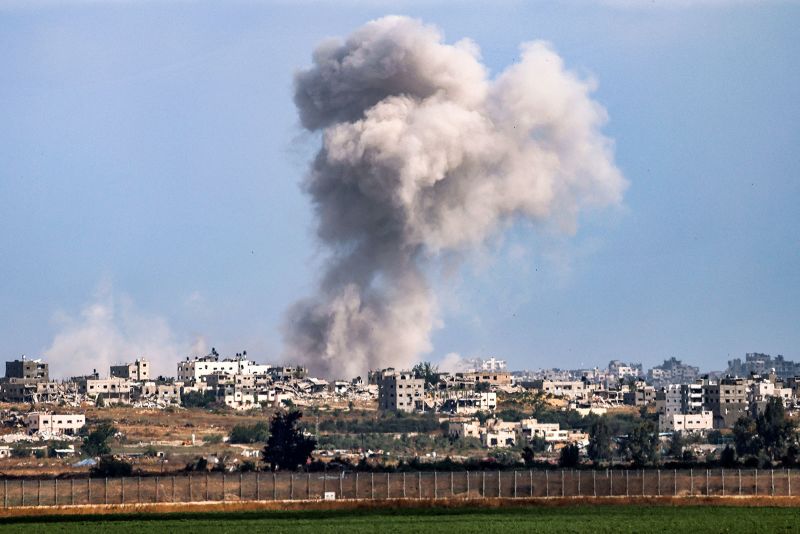Amidst publicized controversy over corrected data, the United Nations (UN) has issued a clear statement: the total number of deaths in Gaza remains unaltered. This controversy erupted after media reports appeared, highlighting discrepancies in the earlier-circulated fatalities’ statistics. The discussion brought to the forefront the challenges associated with conflict data-gathering and recording, particularly in fraught zones such as Gaza.
The UN’s declaration has been seen as an essential move to clarify any confusion as a result of the controversy. The statement asserts that the total number of fatalities in Gaza remains the same as reported previously. Therefore, assertions of manipulated data or skewed reporting have been unequivocally dismissed. The revised numbers arose due to the reclassification of fatalities, not an augmentation or diminution of the overall death toll.
The reclassification was a product of an exhaustive review process where the UN’s humanitarian coordination agency, OCHA, worked closely with health authorities and organizations on the ground to identify each fatality’s status. The classification involves differentiating between combatant and non-combatant casualties. Errors with initial identification can emerge due to the chaotic nature of conflict situations and the pressing need to publish data.
The meticulous review process that led to the revision underlines the UN’s commitment to ensuring that all available data is accurate and stands up to scrutiny. The agency’s mission is to present the most reliable data possible to help shape policy and humanitarian responses. It is crucial to note that the UN’s revised data does not minimize the significance or the horror of the loss of lives in Gaza.
The transparency exhibited by the UN in explaining the revision process and its implications is equally noteworthy. This openness not only confirms the organization’s commitment to accuracy but also reinforces its credibility. The UN’s handling of the controversy sets an excellent example for other organizations dealing with conflict data, showcasing the importance of vigilance, rigidity, and clarity in such difficult circumstances.
In the face of this controversy, the ultimate impact on public perception and decision-making is an important consideration. The UN’s ability to address these concerns responsibly is critical in a world where perceptions of conflict often shape international relations and intervention strategies. The unchanged death toll allows the international community to retain perspective regarding the intensity and severity of the conflict in Gaza.
While the nomenclature may have been revised, the stark reality of loss of life remains a tragic constant. Therefore, it is essential to understand that even amidst data controversies, the underlying concern remains the same – the loss of human life in conflict-stricken regions like Gaza is alarming and calls for international attention.
Away from the challenge of data accuracy, this controversy highlights a more profound issue – the urgent need for an enduring, peaceful solution in the region. It serves as a potent reminder that behind each figure in the data is a human life tragically lost, an echo of an ongoing conflict that calls urgently for a resolution. This is ultimately the principal focus that should not be eclipsed by discussions surrounding data accuracy. It is in this light that the UN’s clarification of the issue adds to the call for peace, reminding us of the true gravity of the situation in Gaza.




